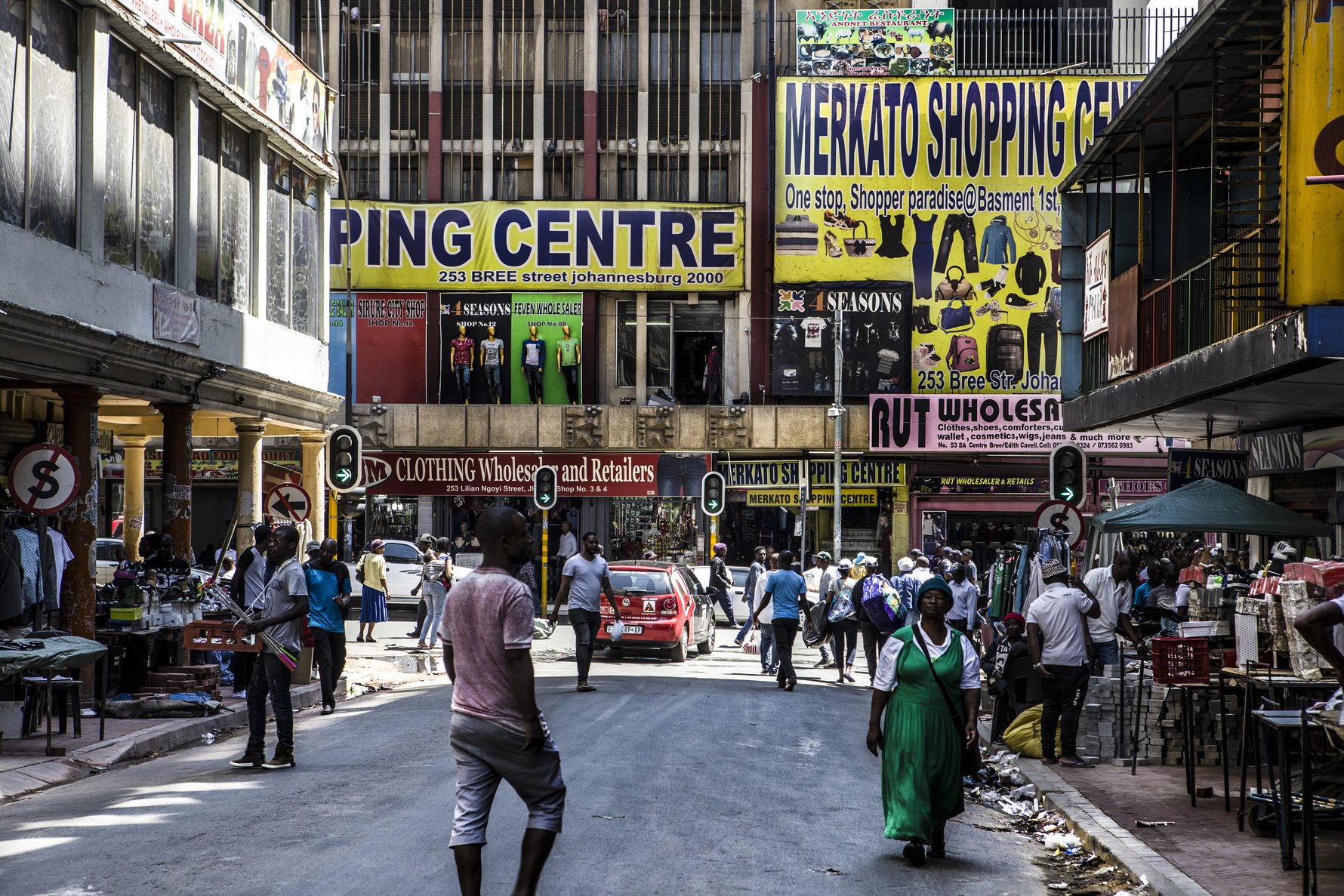
"‘Jeppe’ has moods. It is oppressively sullen on days when the roller shutters are clamped down and the boom boxes silent. But at month’s end, when the sun dazzles the windows of the mothballed Johannesburg Sun and Towers hotel, when no police raid is expected, and the touts are out in their flamboyant drag, with false breasts, dresses and wigs, dancing on the doorsteps of the new malls – then Jeppe is Africa’s shopping mecca."
So reads the opening paragraph of The Chaos Precinct. And indeed, this sets the tone of the book with the area known as Jeppe to those who frequent it. Jeppe Street and its surrounds are also dubbed Little Addis, the Ethiopian Quarter, or the Chaos Precinct amongst the planners Zack worked with, becoming a protagonist of sorts in how it shapes, and is shaped by, the various people she encounters in her visits.
Tracing the origins: A complex, counterintuitive Jeppe
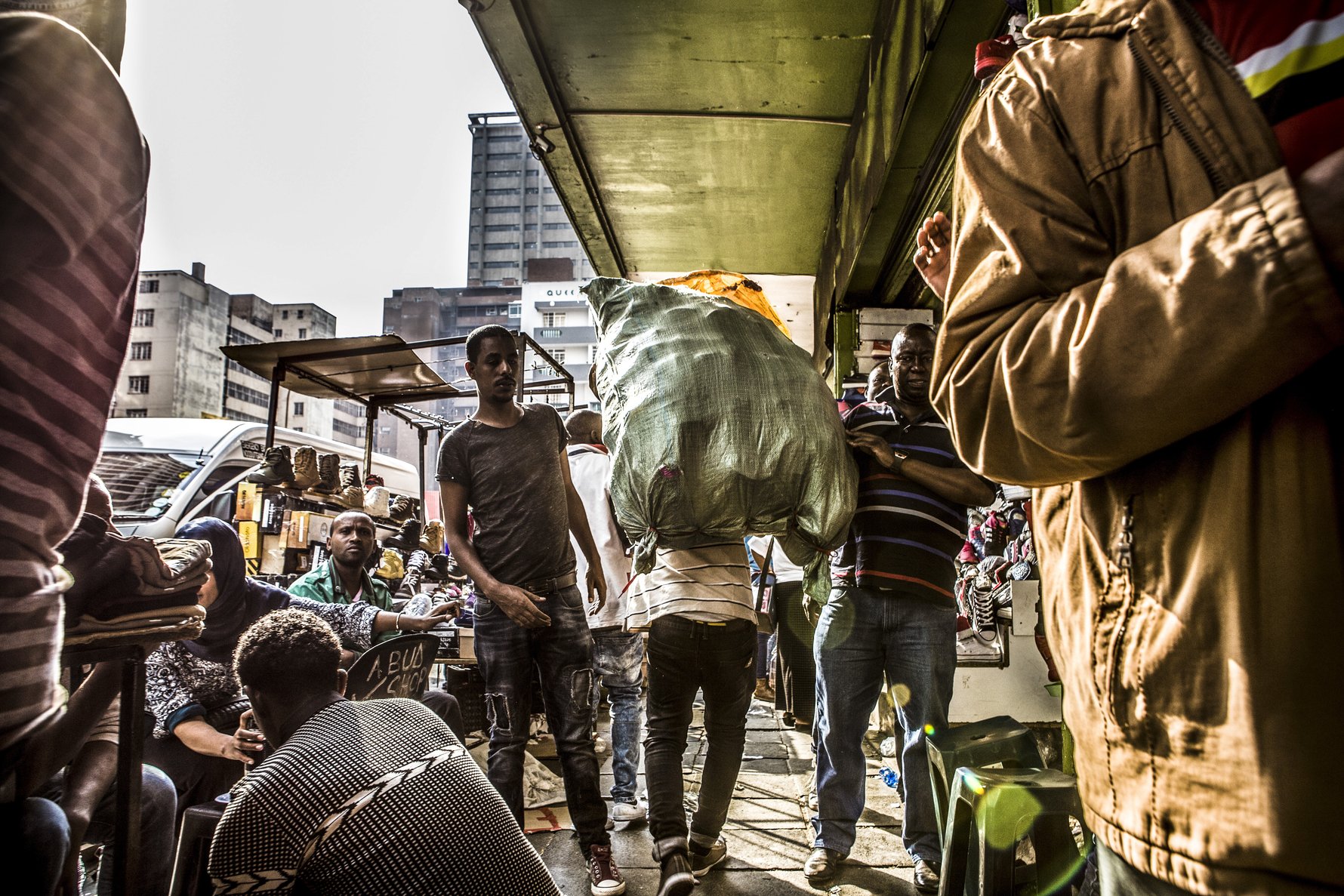
Tanya Zack is a South African writer and urban planner, and also importantly, an avid and intrepid explorer of Johannesburg with a deep love for the city. This started during her childhood growing up in Judith's Paarl and taking trips to the inner city to visit her mom at work, or go shopping amongst its hodgepodge high-rises. This love for the city has continued throughout her career as an urban planner.
The Chaos Precinct began in 2009 when Zack was working with the Johannesburg Development Agency on long-term development plans for the inner city. Soon after starting the work and rewalking the streets she learned as a child, it became clear that Jeppe confounded the usual statements that Joburg's City Centre was deteriorating, "What I was seeing in Jeppe was complex, counterintuitive. Yes, there was overcrowding. And services were stretched to their limits. But this was retail. Retail in mind-bending quantities and conducted at unconscionable speed," Zack says.
15 years in the making
Over the next 15 years, Zack made continuous visits to Jeppe and its densely packed shops, humming with the frenzied movements of shoppers. This extended well past her contract with the city, as Zack and Solomon Birhane, her interpreter and research assistant, attempted to understand the characters and dynamics that make up this space, as well as trace the routes of trade and migration emanating from this shopping mecca.The Chaos Precinct details these visits, be it having coffee in stairwells and sharing food with Orthodox monks or witnessing the ins and outs of trading at Jeppe. In this book, Zack compassionately bears witness to both the joys and terrors that many migrants face as they come to Johannesburg in search of more, and traces these tales back to Ethiopia.
"Joburg has always been a destination city for migrants. Its history can be told in stories of waves of so many who headed south, fleeing conflict or poverty, journeying towards hope." – Tanya Zack
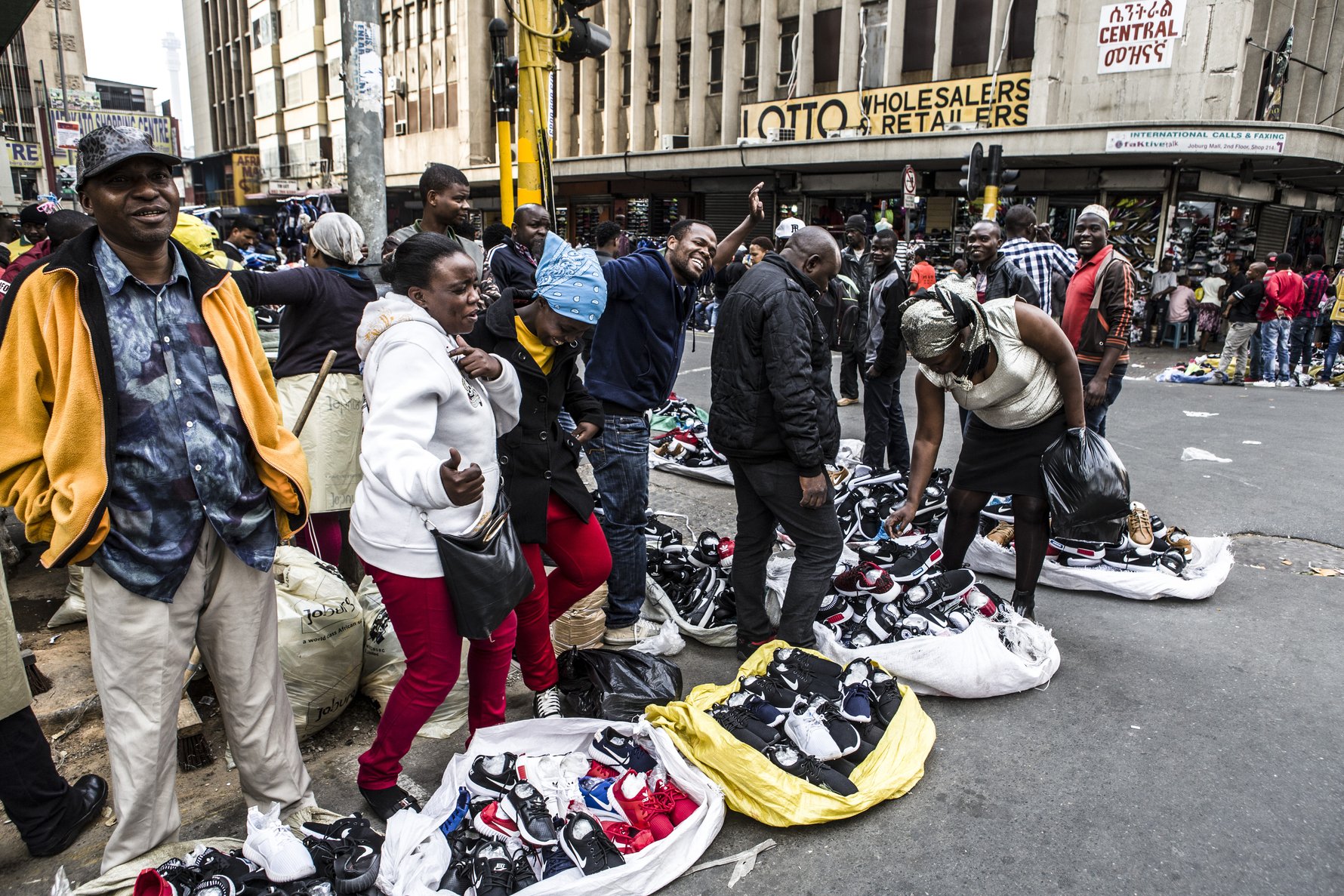
Emergence, not emergency
Early on, it becomes clear why Jeppe so captured her interest, with Zack writing, "It is a booming enterprise in goods and property that is at the front and centre of city transformation in Johannesburg." The scale of this enterprise is hard to imagine if you have not visited before, but amongst the findings of Zack's research was the fact that the cumulative annual spending of the traders at Jeppe is more than double the turnover of Africa's wealthiest commercial mall, Sandton City.It is confounding then that, as an area, it is not only overlooked by state officials and planners, but often problematised. As Zack says, "There must, I believed, be another logic, another way of looking, that would see improvisation and small-scale innovation as progressive, as emergence rather than emergency."
And this is part of what she does, highlighting Jeppe's role as a transnational trading hub, connecting South Africa with China, Ethiopia, and the rest of Africa as a whole. Within this, Zack was noticing the form of the city changing and that "this new order of things was being made from the ground up."
A city of stark contrasts
Joburg is a city that straddles the brink of creation and destruction, shaped by both migration and repression, and a city of seemingly infinite possibilities and life-threatening dangers. Jeppe reflects this, but also provides a vision of the transnational character of African modernity and the potentialities within this.Of course, Johannesburg can also be harsh. And amongst the many people Zack meets, tales of violence, from both criminals and the state, are never far behind. Police crackdowns can often be brutal as the state seeks to exert control over this trade, and xenophobia and opportunism are rife in a country battling with the bloody divisions and legacies of apartheid.
In the second part of the book, this reality can become overwhelming as Zack travels to Ethiopia to visit returnees in Addis and Hossana. Here, the stories are darker, more filled with the dangers and sacrifices of making it in Johannesburg than with the promises of opulence. And yet, in spite of constant repression, the loss of identity that comes with migration, as well as threats of crime, trade in Jeppe, and the vibrant collision of cultures that comes with this, continues.
"[Jeppe] is in fact what makes Johannesburg a world-class African city. It demonstrates what economic value Johannesburg could extract if it embraced its function as an inland port, servicing Southern Africa. This would require supporting its productive functions rather than wholesale criminalising them." – Tanya Zack
The collective made personal
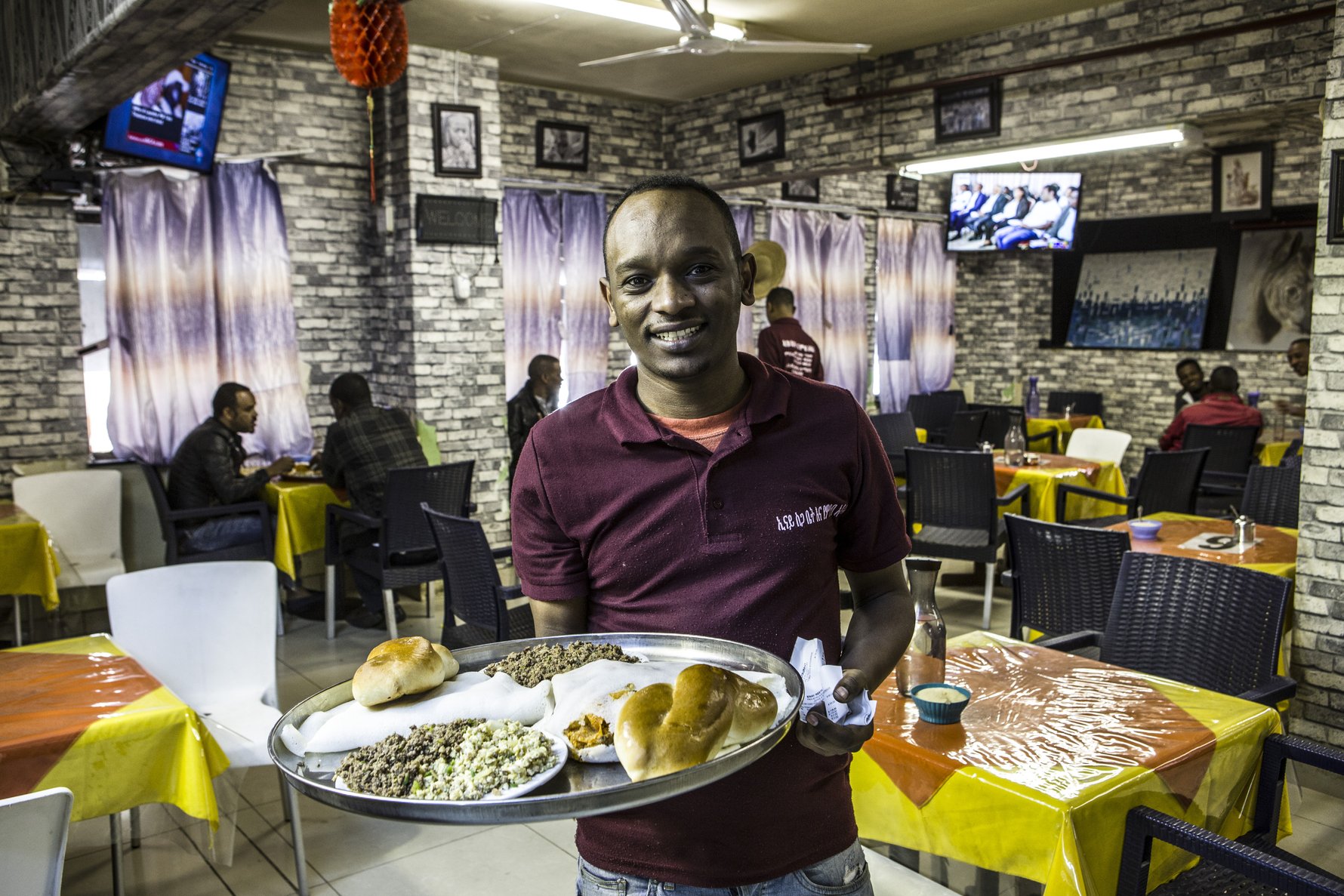
While Zack's research and descriptions of Jeppe are fascinating, what makes The Chaos Precinct such a compelling read is the personal stories. These include Zack's own tales of the different iterations of her life on these streets since childhood – but it is her ability to listen to, and observe, the stories of the myriad characters she met while undertaking this research, and bring them to life in words, which ultimately animates Jeppe within these pages.
Zack shows how Jeppe, and by extension Joburg, is a place of dreams. A place shaped by individuals who each have their own reasons for being there, all of whom have been moulded in the cauldron that is Johannesburg, and where each of their actions has the potential to send waves of change running through its concrete corridors.
Order your copy of The Chaos Precinct: Johannesburg as a port. If you're itching for more about this entrepôt of Johannesburg, Tanya Zack will be in conversation with Jocelyne Muhutu-Rémy at Netsi's Shop, Joburg CBD on Sat, Aug 23 from 10:30 – 12:00 (for those unfamiliar with the location an usher will be present). Following this, catch Zack and Sarah Charlton at Love Books in Melville on Tue, Aug 26 at 17:30. RSVP to rsvp@jacana.co.za with the location of the launch you wish to attend in the subject line.
Further reading: Our Joburg itinerary from Zack's previous book Wake Up, This is Joburg.


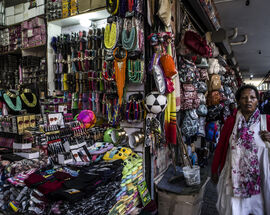

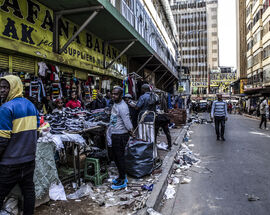


Comments